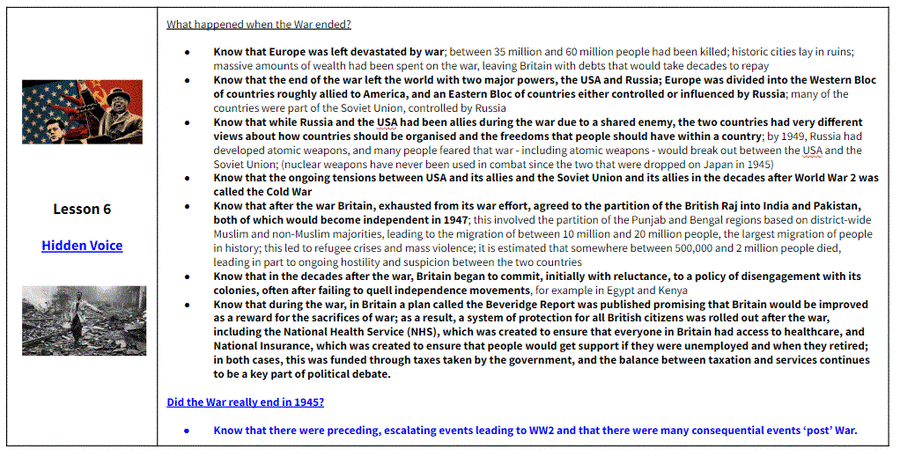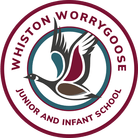How do we measure Curriculum Impact?
One of the barriers to measuring the impact of any curriculum is sometimes there is too little understanding of what this might actually mean. It sounds great to talk about impact but also a bit mysterious!
Age Related Expectations
Age related expectations can sometimes be unhelpful. Like most schools, we do capture attainment points against age related expectations at the end of each term This is a useful way for us to see which children may be making more progress than others – but it’s a poor way to understand what progress an individual student is making in learning a specified body of knowledge.
An age related expectation provides little sense of why it is or isn’t being met. At WWJIJ we recognise that relying wholly on the use of Age Related Expectations to assess pupils understanding runs the risk of encouraging a lack of ambition. Used as a stand alone measure there is danger of promoting just a general sense that some children are ‘less able’ than others.
Curriculum Related Expectations
This means we can try to directly assess what each student knows.
This is an area we have given a lot of thought to at Whiston Worrygoose. The curriculum as a progression model simply means that we make judgements of progress based on how much of the curriculum a children has actually learned. The more carefully we have specified what we intend to teach, the more easily we can assess whether they’ve learned it. Unlike an age related expectation (which is just something a child of a particular age is assumed to be able to do, regardless of what they’ve been taught) having curriculum related expectations helps us to specify, teach and assess the knowledge we expect children to acquire. It becomes reasonable to expect children to have met these expectations because they are – or should be – directly connected to what has been taught. Thinking in this way allows us to recognise that where students have failed to meet our expectations we should assume that the fault is with either the curriculum or its teaching. If a few students have failed to meet some of our expectations we can assume that they might need extra support and begin the process of establishing what knowledge they are missing.
The example below is taken from the Year 6 history curriculum. This is detailed level of planning helps teachers and leaders assess the impact of a lesson or series of lessons on a learner:




